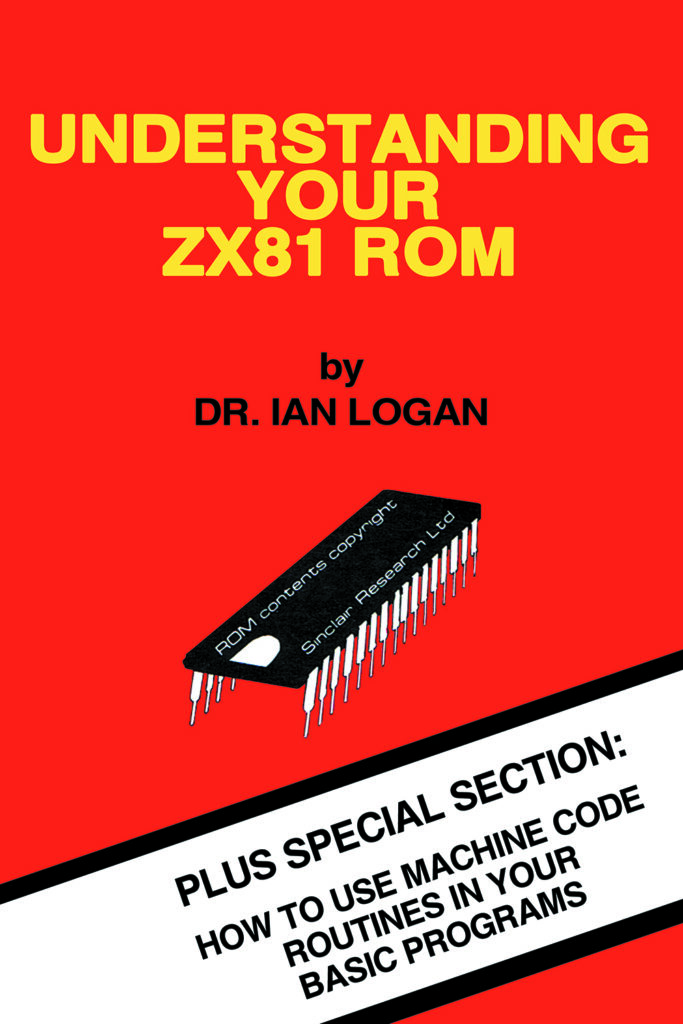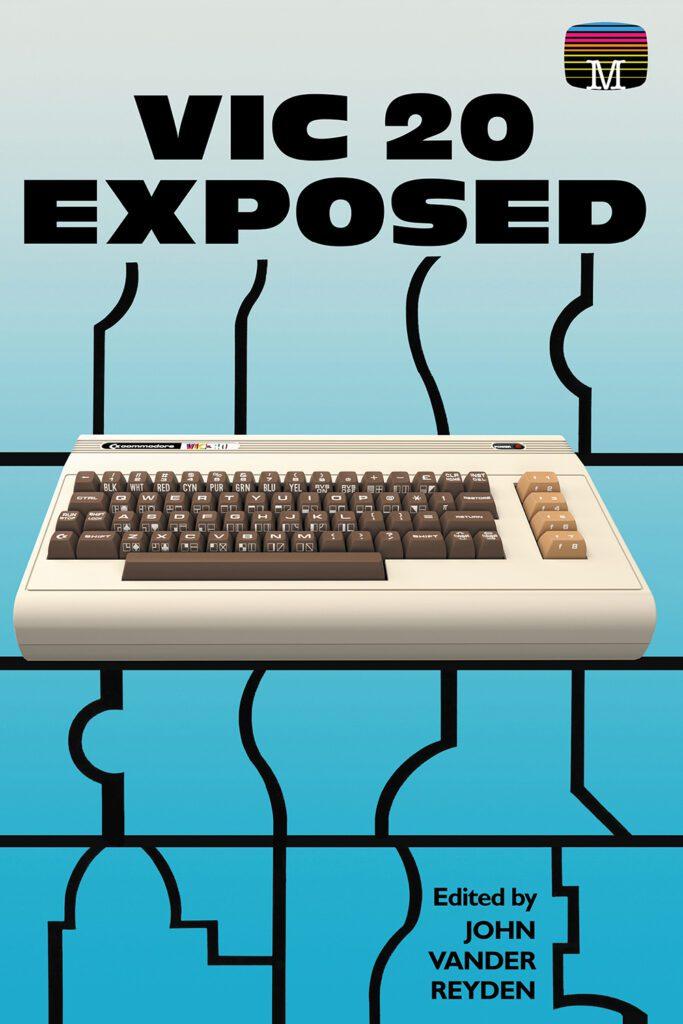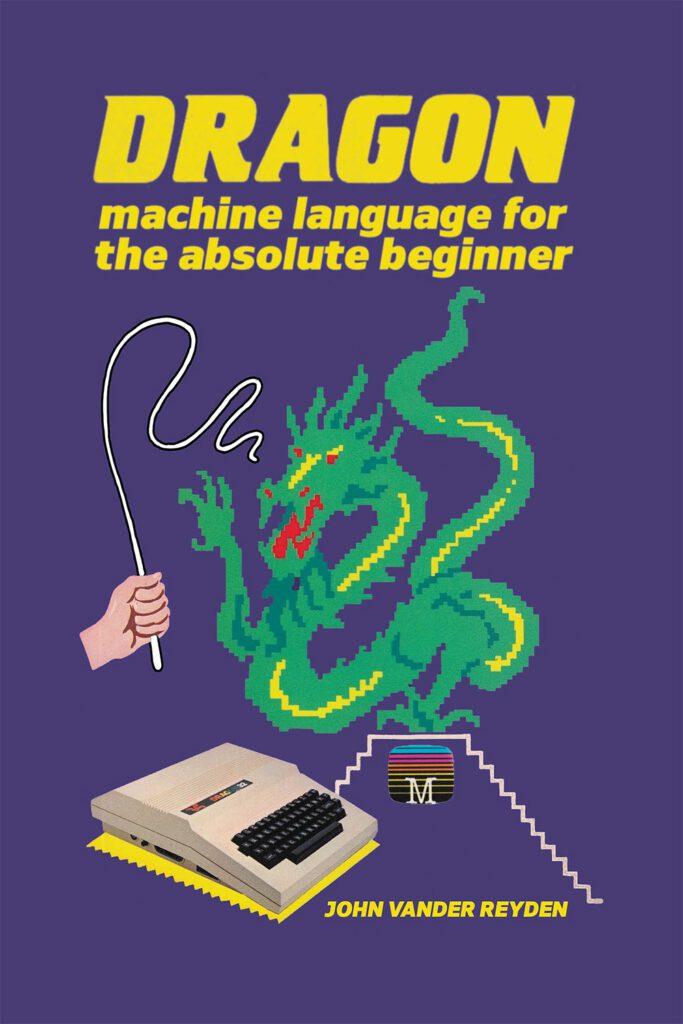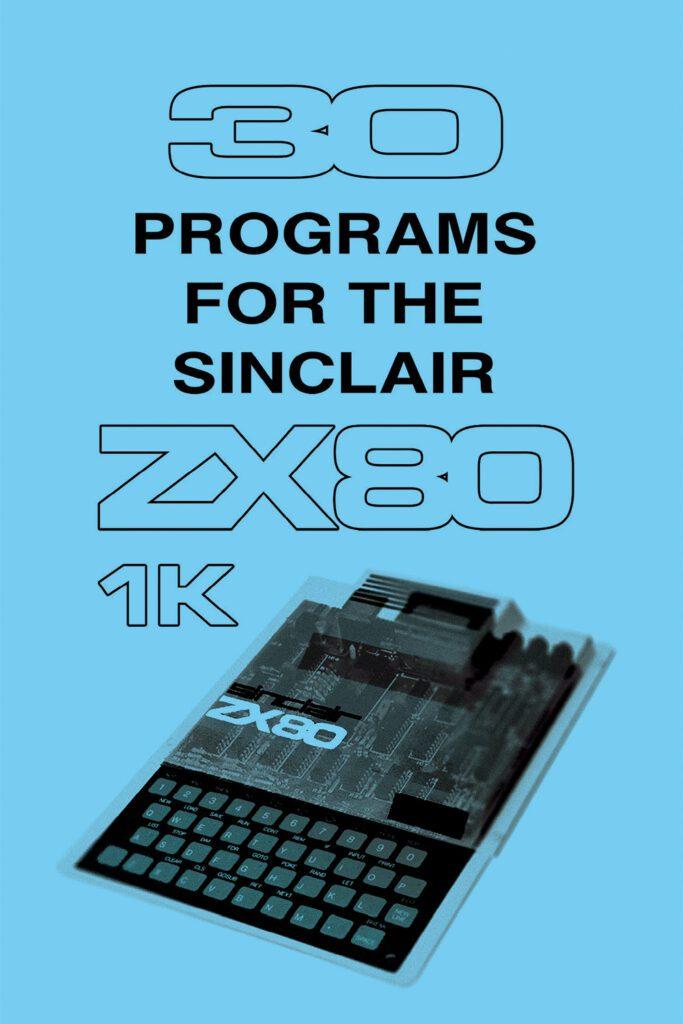
30 Programs For The Sinclair ZX80
The ZX80 home computer was launched in 1980 by the then still-to-be-knighted home computer mogul Clive Sinclair. Available in kit form at £79.99 for the aspiring hobbyist or pre-built at a price of £99.99 the ground-breaking machine offered home computing for the kind of money an average family could afford…
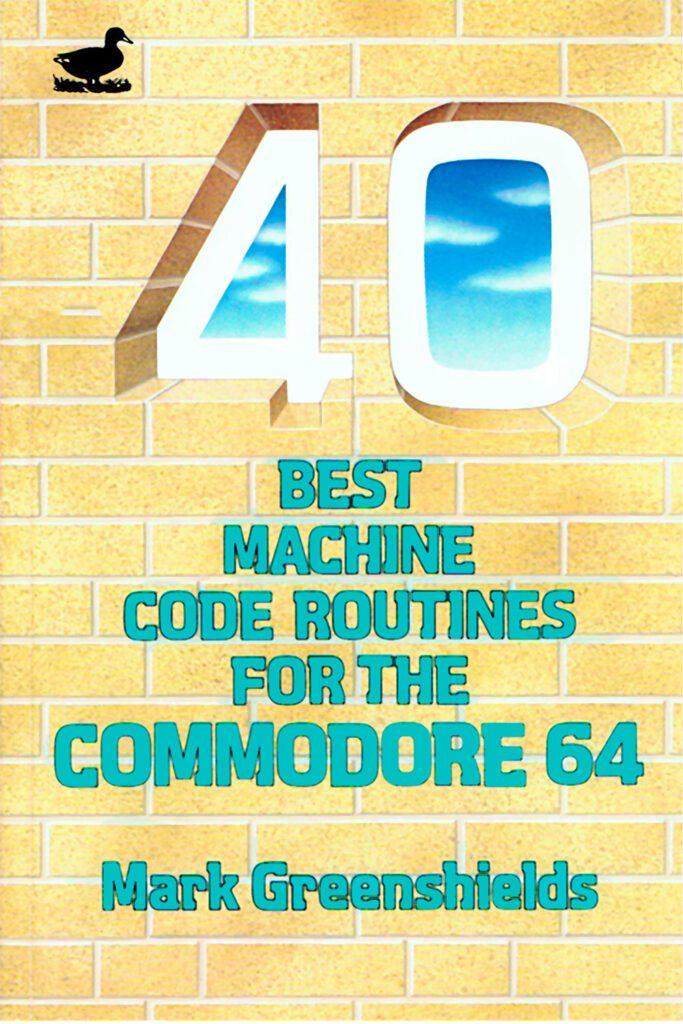
40 Best Machine Code Routines for the Commodore 64
First published in 1983, this easy-to-follow guide to the Commodore 64 teaches users forty machine code routines for use in their own programs, enabling them to extend their skills well beyond the limits of BASIC. Not only is this remastered version perfect for hobbyists and collector…
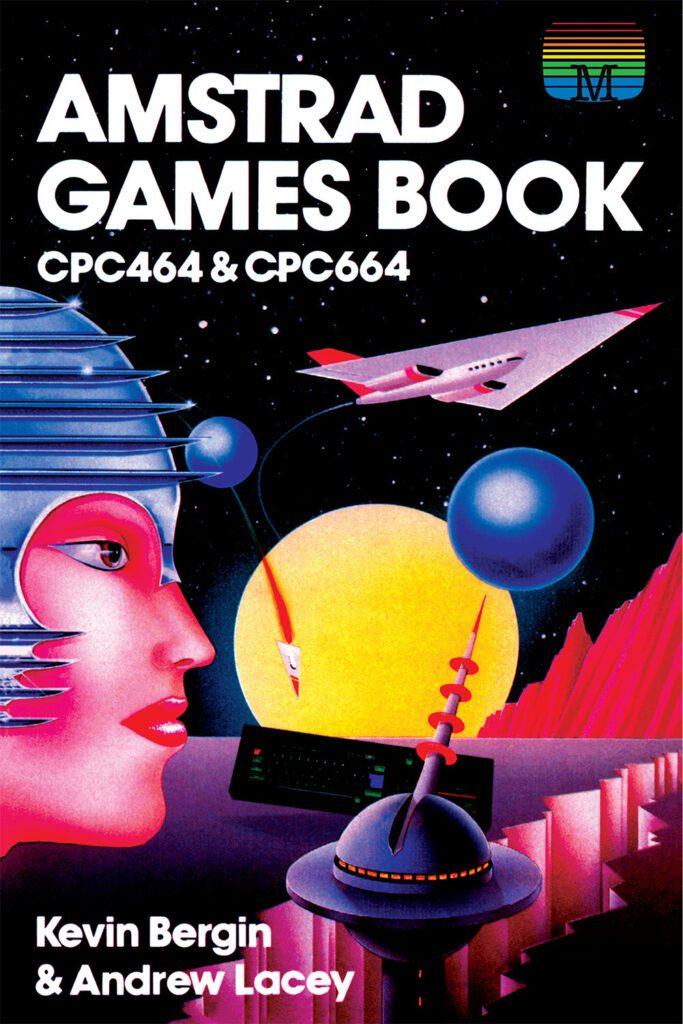
Amstrad Games Book
First published in 1985, the Amstrad Games Book helped owners of the CPC464 and CPC664 home computers to learn more about their machines, including how to program a range of games. For many readers, their Amstrad would be the first computer they would ever use in their lives, meaning the book had a very important job to do – to introduce people…
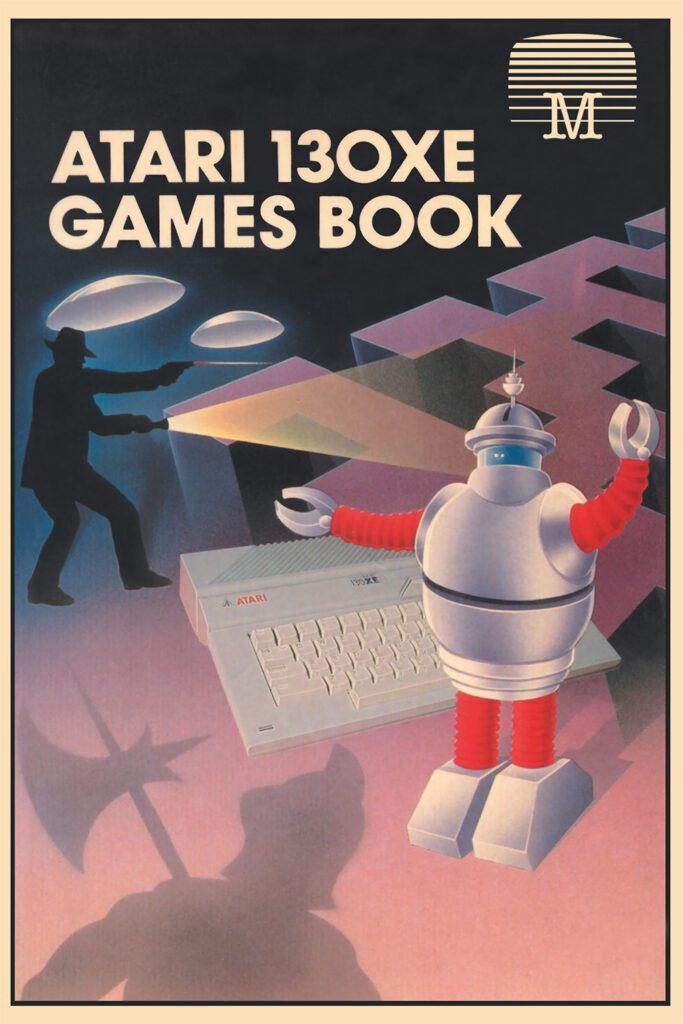
Atari 130XE Games Book
First published in 1985, this book enabled a whole new generation to learn game coding on their Atari 130XE – one of Atari’s acclaimed 8-bit home computers. The XE had two joysticks rather than the four of its sibling models, however it did come with a full 128kb of bank-switched RAM.
Although it was not as successful…
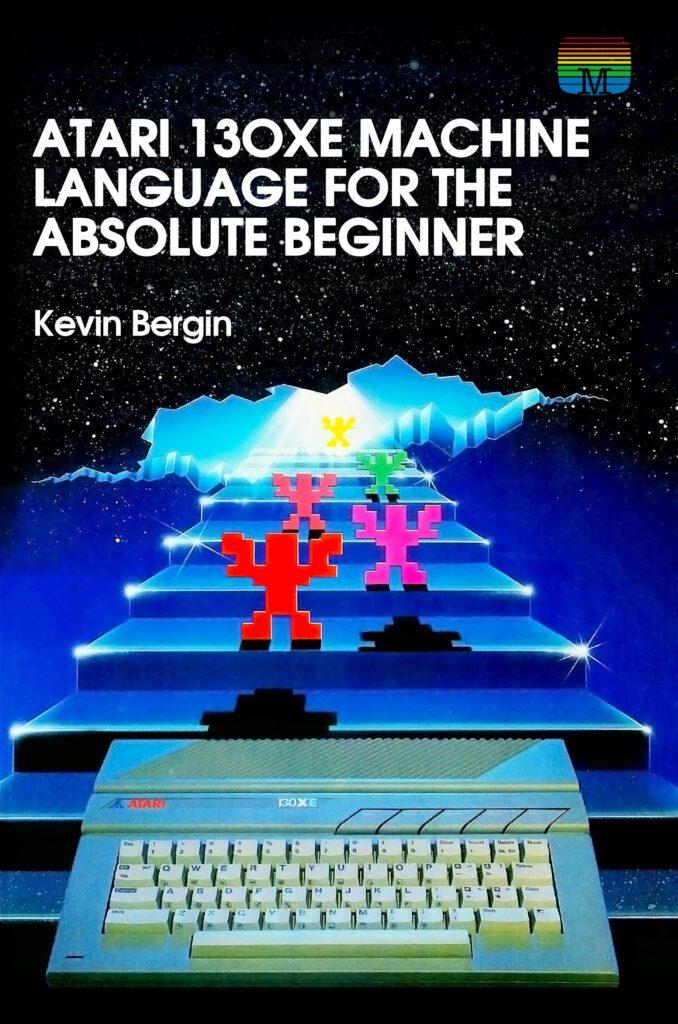
Atari 130XE Machine Language For The Absolute Beginner
First published in 1985, this user-friendly guide to coding machine language on the Atari 130XE helped many owners of the much-loved home computer achieve programming feats well beyond the limits of BASIC. Based on the MOS Technology 6502 CPU running at 1.79 MHz, the 130XE was one of Atari’s famed 8-bit range – in fact the first home computer series to be designed with custom co-processor chips.
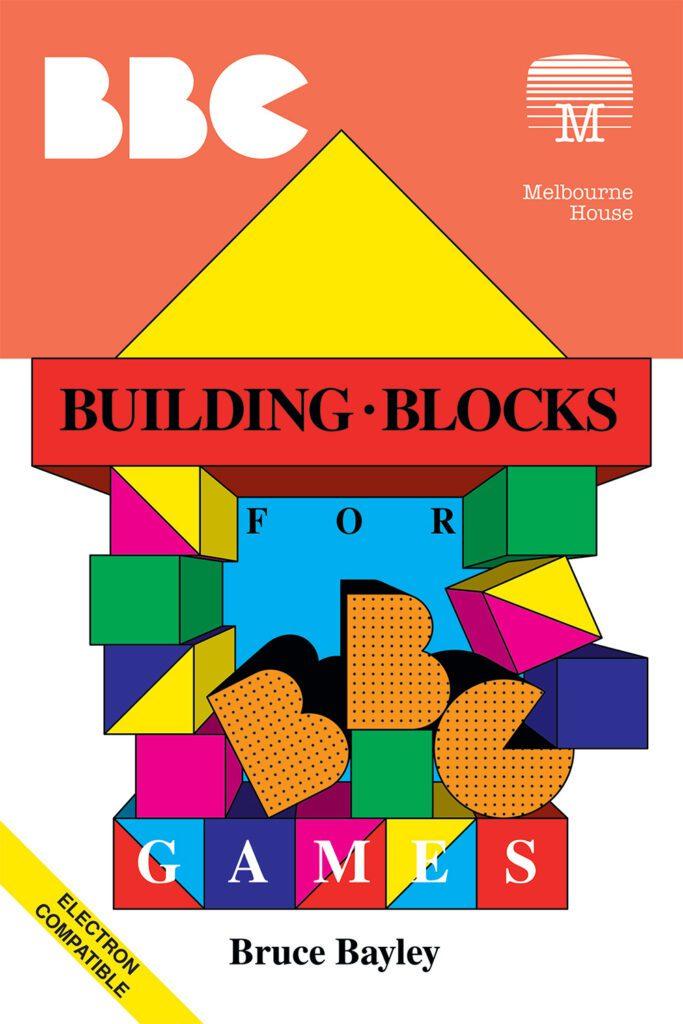
Building Blocks for BBC Games
First published in 1984, this book helped many a budding coder get to grips with the BBC Micro computer, a machine first released in 1981 as part of the BBC Computer Literacy project. Gently introducing the reader to the concept of programming – something that was totally new to many people at the time – the book is fondly remembered by those who read it back in the 1980s. It is still a useful reference guide for anyone interested in the foundations…
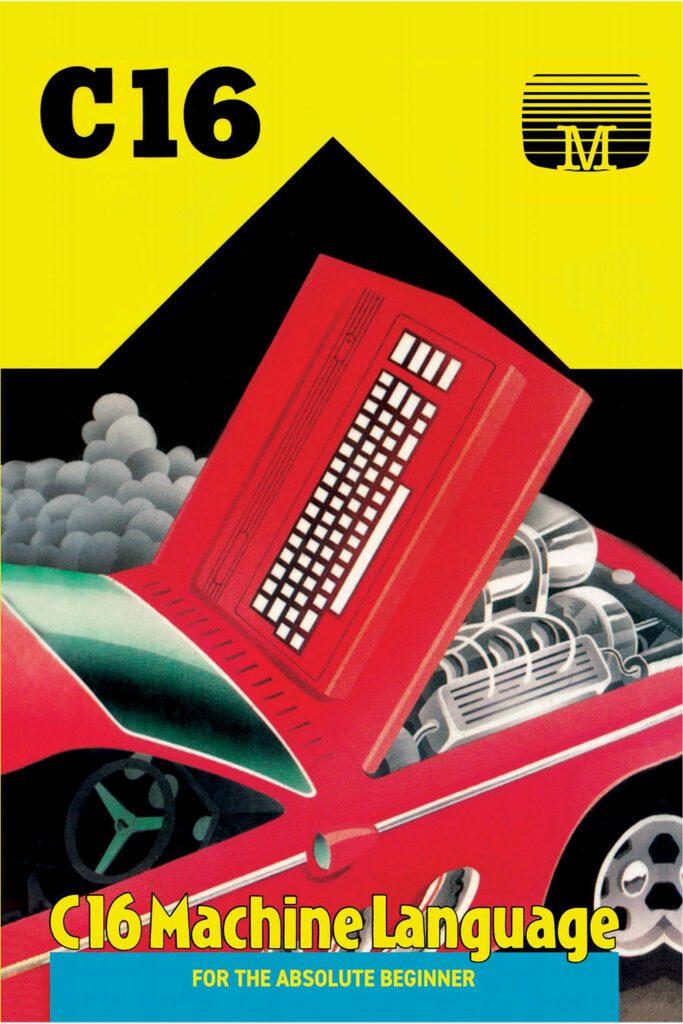
C16 Machine Language for the Absolute Beginner
First published in 1985, this easy-to-follow guide to the Commodore C16 gives users a crash course introduction to programming in machine code, the best way for aspiring game and utility creators to get the most out of their personal computer. Though the C16 was nowhere near as successful as the much-loved Commodore 64, it still gained many fans, particularly in the European market. Powered by the 7501…
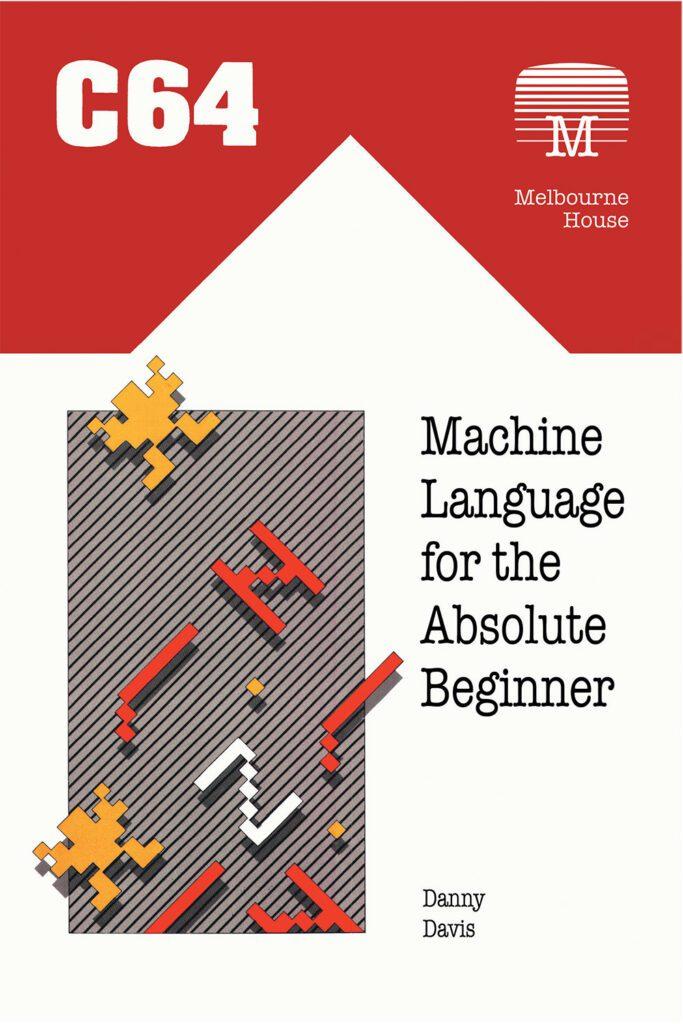
C64 Machine Language for the Absolute Beginner
First published in 1984, this user-friendly guide to the Commodore 64 helped many owners of the much-loved home computer understand their machine to a whole new level. The details within the book enabled users to take their first steps in programming machine code even without prior coding experience. To this day it remains a highly useful guide for those interested in retro games programming on the classic machine.
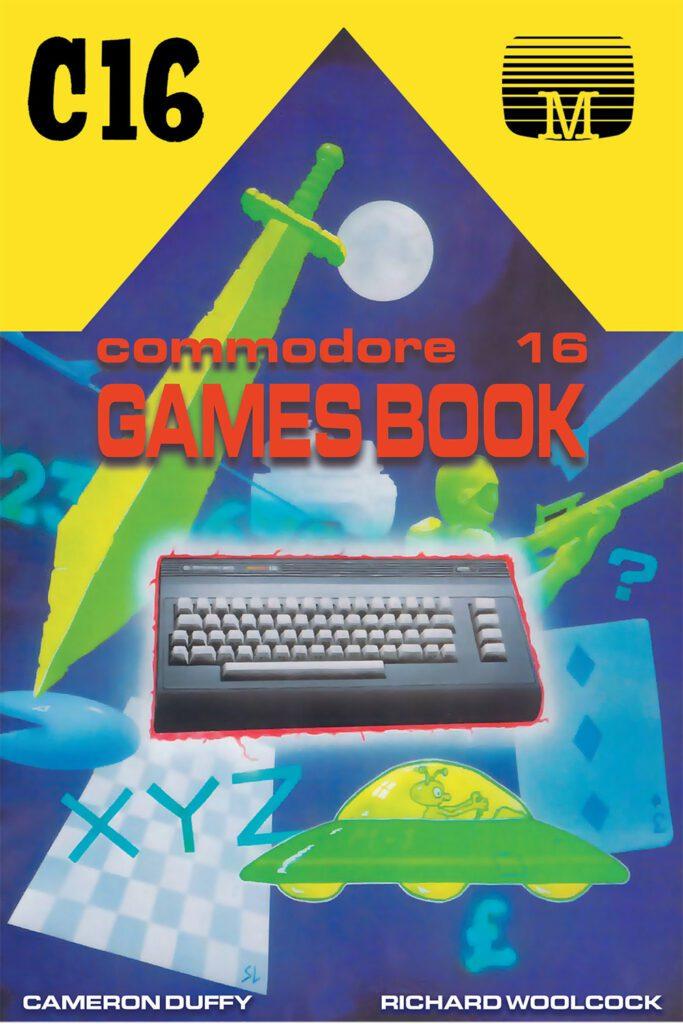
Commodore 16 Games Book
First published in 1984, this book enabled a whole new generation to learn game coding on their Commodore 16 – an unusual and relatively rare machine that had a processor which was faster than that of the famous C64, possessed more efficient screen memory, had a much faster BASIC interpreter… yet came supplied with just a quarter of the memory held by its older brother…
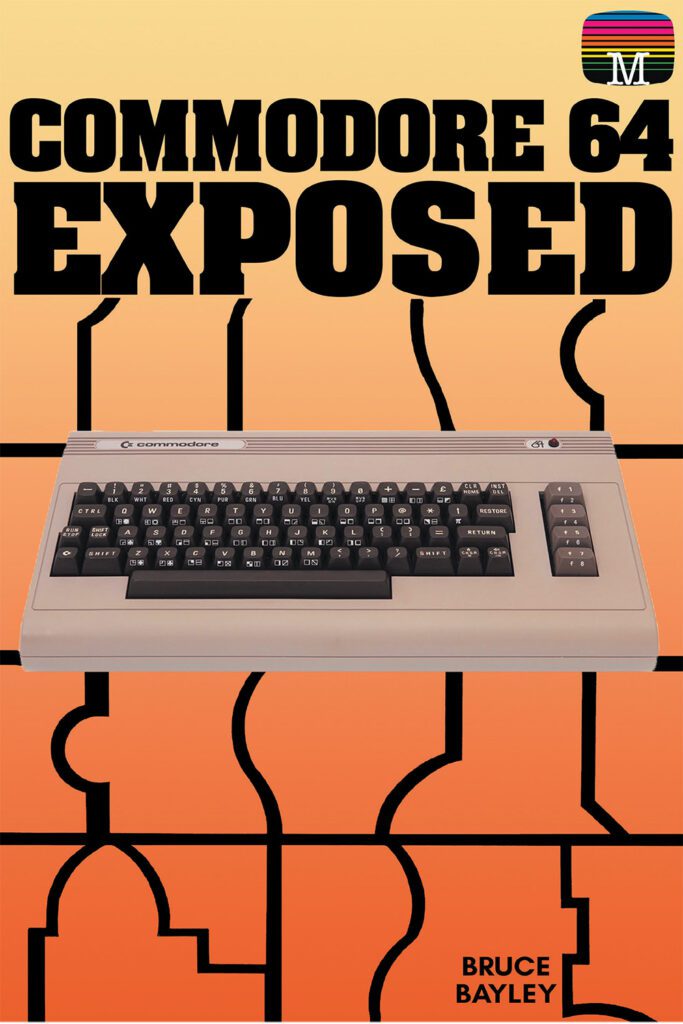
Commodore 64 Exposed
First published in 1983, this outstanding reference work about the Commodore 64 helped many owners of the much-loved home computer understand their machine to a whole new level. The details within the book enabled users to perfect their coding skills in both BASIC and advanced machine code. To this day it remains a highly useful guide for those interested in retro games programming on the classic machine….
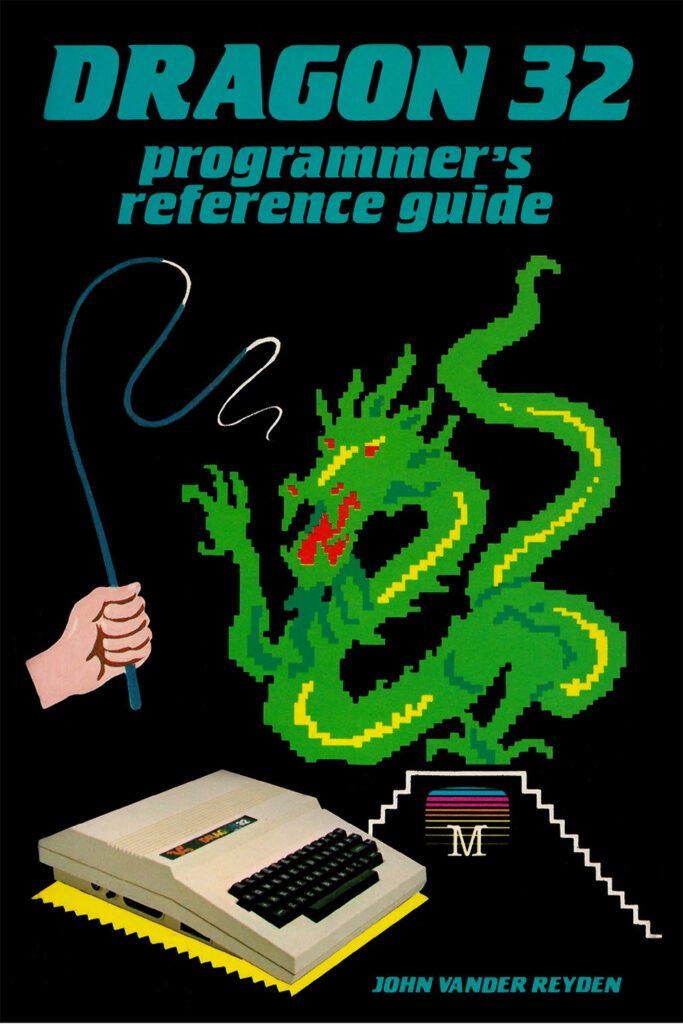
Dragon 32 Programmer's Reference Guide
First published in 1983, this easy-to-follow guide to the Dragon 32 gives users a complete overview of the acclaimed machine that many considered well ahead of its time. Though it was more powerful and quicker than many of its competitors, the Dragon 32 never gained the success of other 8-bit computers of the day such as the Commodore 64 or the ZX Spectrum…
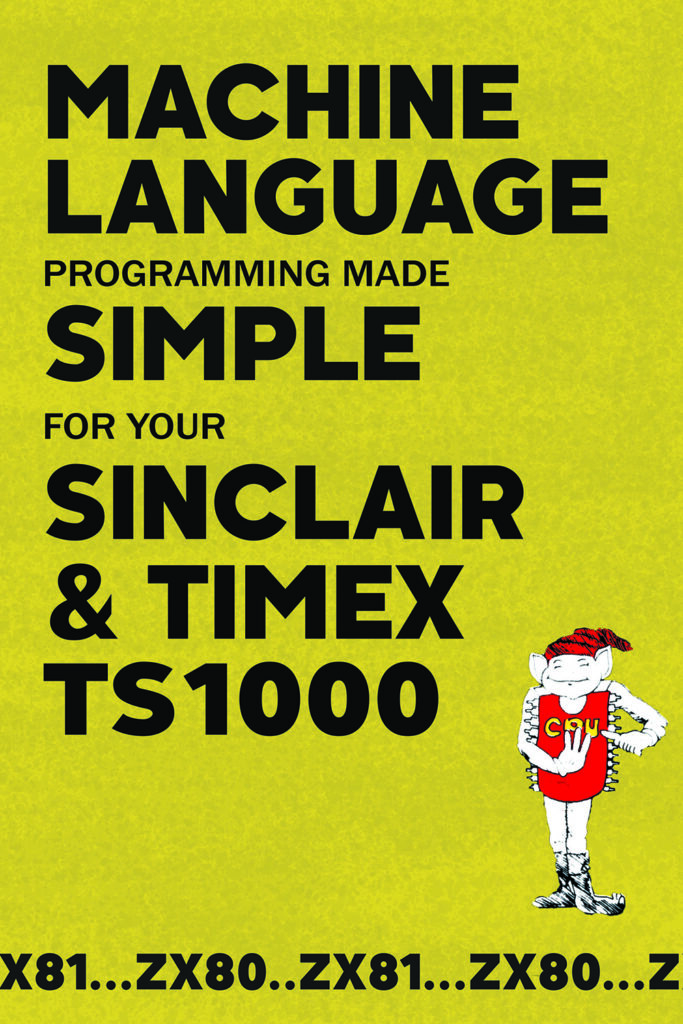
Machine Language Programming Made Simple for your Sinclair & Times TS1000
Launched in 1981, Sir Clive Sinclair’s ZX81 – successor to his ZX80 released the year before – was designed to be a low-cost introduction to home computing for the general public. It was a hugely successful machine, with over one and a half million ‘official’ units being sold; many more unauthorised ‘clones’ were also produced, particularly in Russia…

Mastering The Commodore 64
First published in 1984, this highly-rated guide written by 8-bit expert Mark Greenshields helped Commodore 64 users take their skills further than ever before. It was designed to take ‘bedroom coders’ from a point where they were comfortable with the commands – and limitations – of BASIC, to having knowledge and experience of the home computer’s far more powerful machine code.
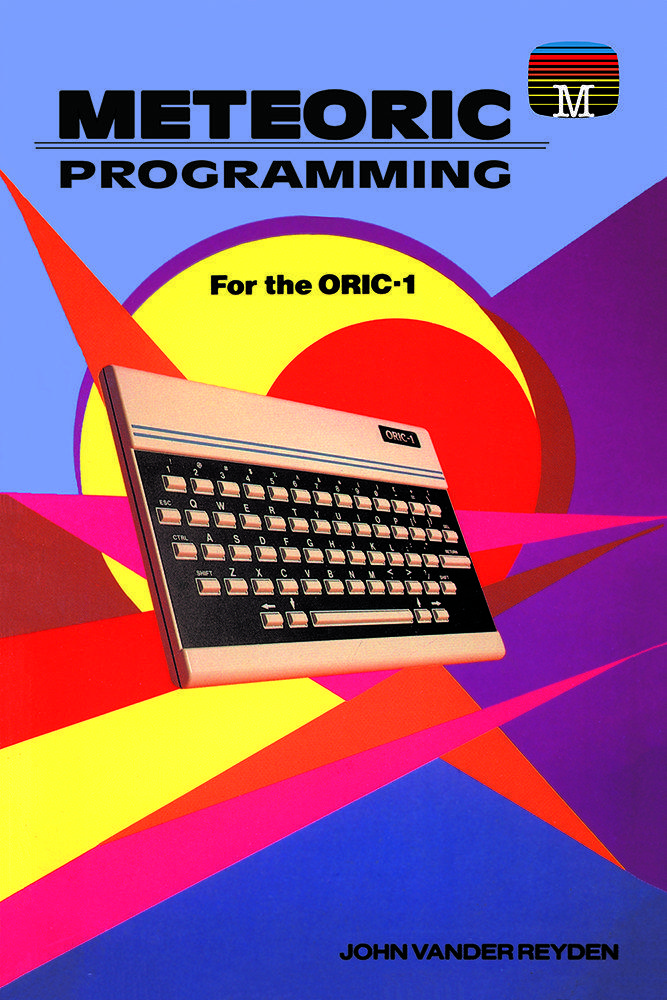
Meteroic Programming for the ORIC-1
The Oric-1 8-bit home computer was released in 1982 and would go on to sell more than 150,000 units in the UK alone. It was considered a rival to the popular ZX Spectrum, with its advantage being a much better keyboard than Sir Clive’s rubber monster. Despite official production ceasing just two years after its launch, clones of the machine were produced in Eastern Europe well into the 1990s.
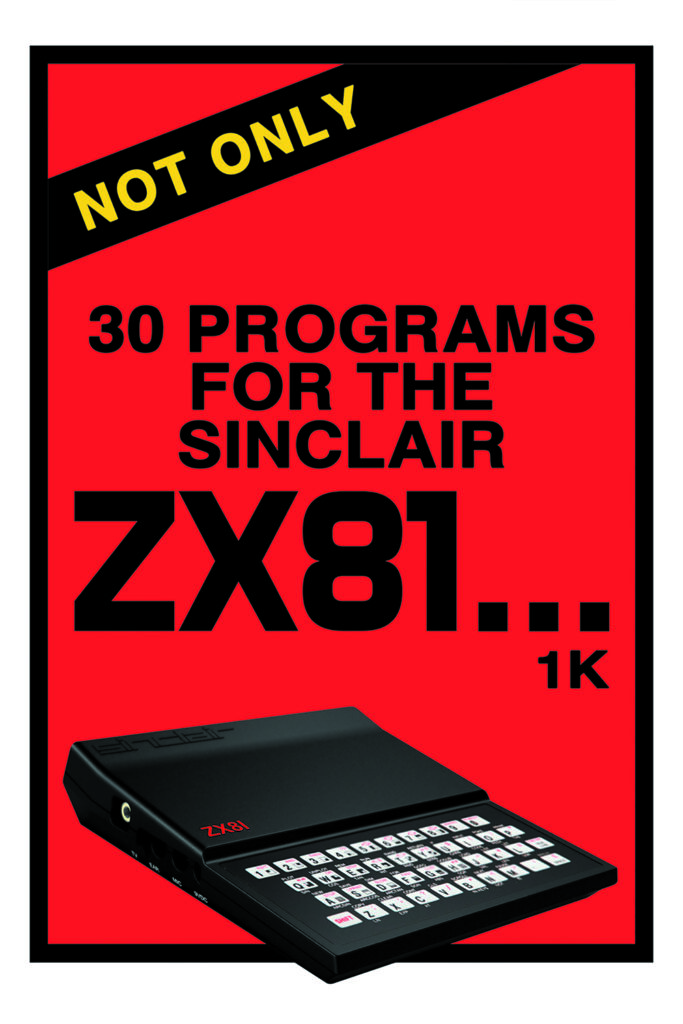
Not Only 30 Programs for the Sincliar ZX81
Launched in 1981, Sir Clive Sinclair’s ZX81 – successor to his ZX80 released the year before – was designed to be a low-cost introduction to home computing for the general public. It was a hugely successful machine, with over one and a half million ‘official’ units being sold; many more unauthorised ‘clones’ were also produced, particularly in Russia and other Eastern Bloc countries of the era. One could either purchase…

Oric-1 Basic Programming Manual
The Oric-1 8-bit home computer was released in 1982 and would go on to sell more than 150,000 units in the UK alone. It was considered a rival to the popular ZX Spectrum, with its advantage being a much better keyboard than Sir Clive’s rubber monster. Despite official production ceasing just two years after its launch, clones of the machine were produced in Eastern Europe well into the 1990s.

Over The Spectrum
Over the Spectrum was first published in 1982 and at the time was considered one of the best introductions to programming on Sir Clive Sinclair’s incredible new home computer. Many who went on to have long careers in the computer industry started with the programs in this excellent book. As such it is not only a great re-print for purposes of nostalgia, but also a practical and helpful guide to anyone interested in the programming of retro games.
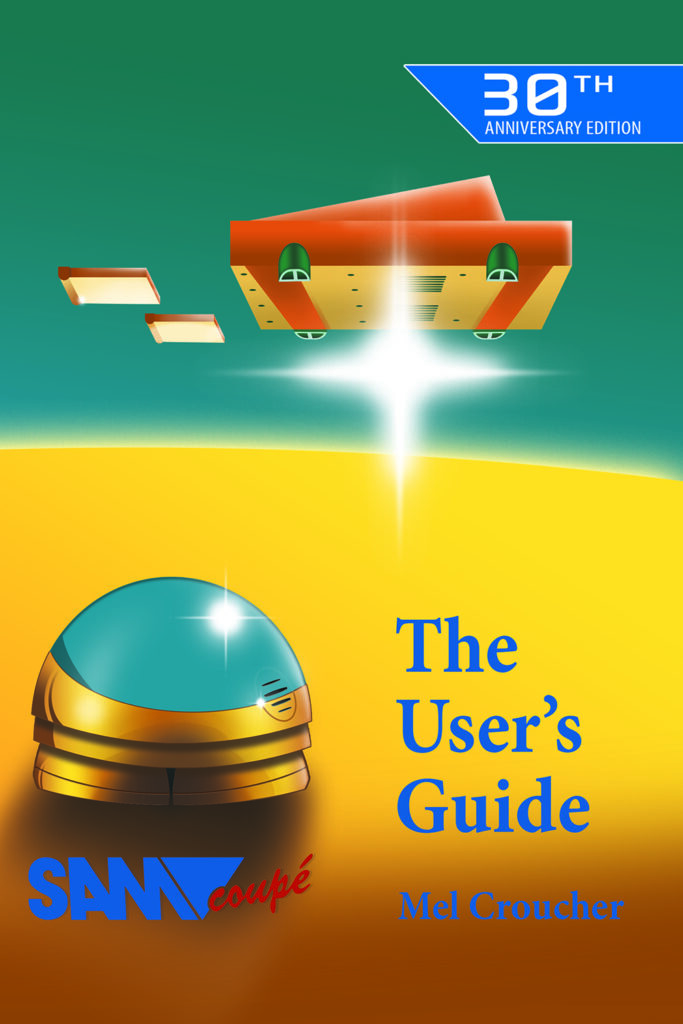
Sam Coupe - The User's Guide
The SAM Coupé was an 8-bit British home computer first released in late 1989. Designed to offer backwards compatibility with the ZX Spectrum, it was marketed as a logical upgrade for owners of the much-loved range of Sinclair machines. Originally manufactured by Miles Gordon Technology, the SAM Coupé promised a great deal. Sadly, however, it was not a financial success…
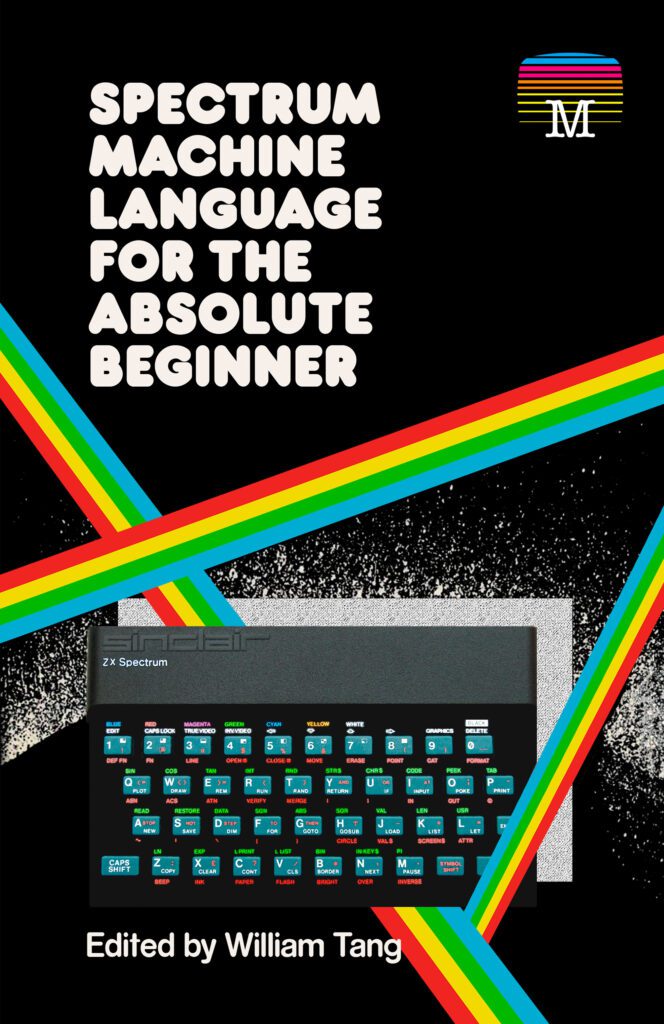
Spectrum Machine Language for the Absolute Beginner
First published in 1982, William Tang’s Spectrum Machine Language for the Absolute Beginner is generally considered to be the best introduction to 8-bit machine code programming ever written. With many great game writers crediting this as the book that got them started, there still is no better way to learn the language at the heart of the ZX Spectrum.
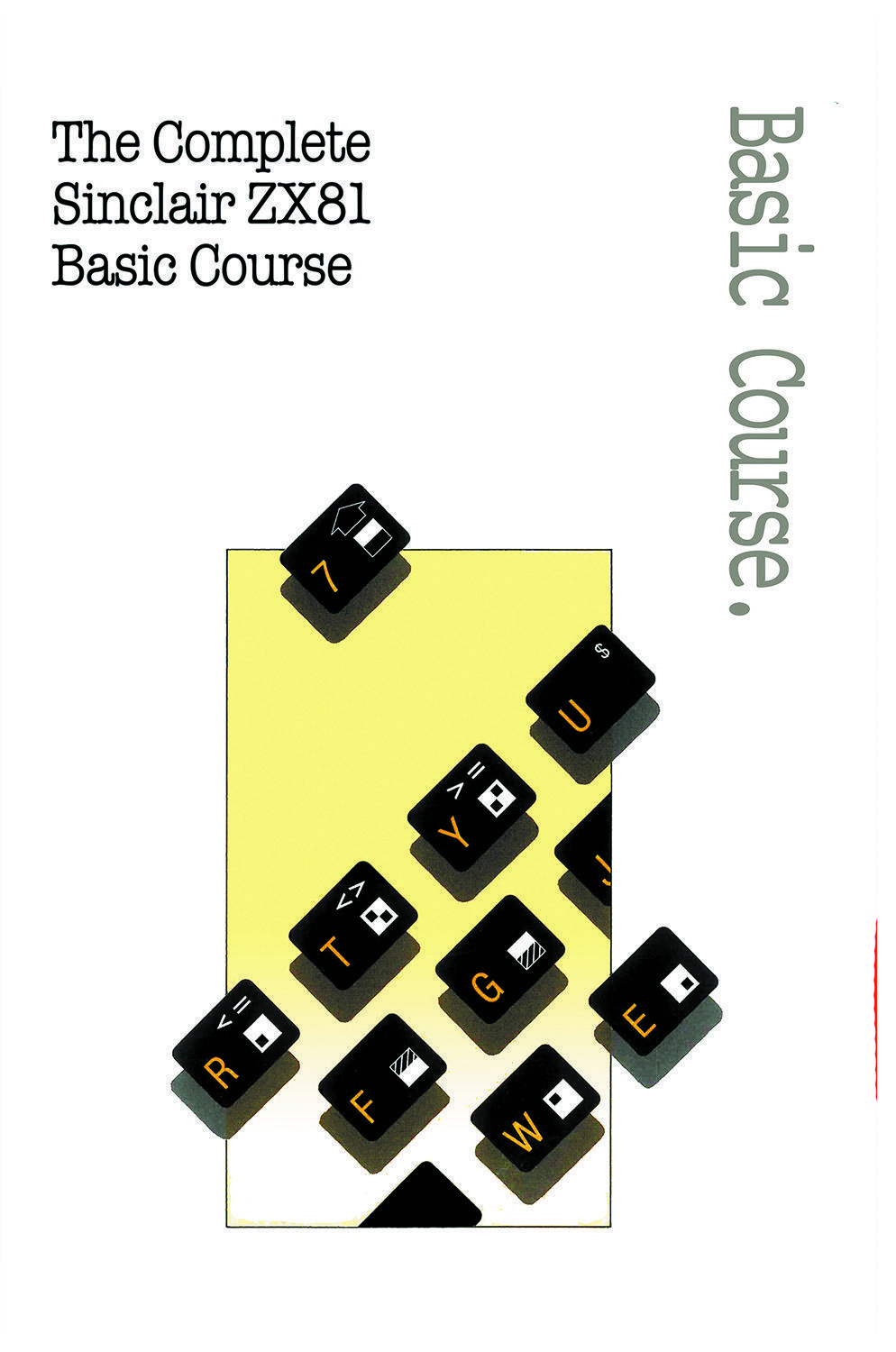
The Complete Sinclair ZX81 Basic Course
The ZX80 home computer was launched in 1980 by the then still-to-be-knighted home computer mogul Clive Sinclair. Available in kit form at £79.99 for the aspiring hobbyist or pre-built at a price of £99.99 the ground-breaking machine offered home computing for the kind of money an average family could afford. The inventor’s company would grow to become Sinclair Research…
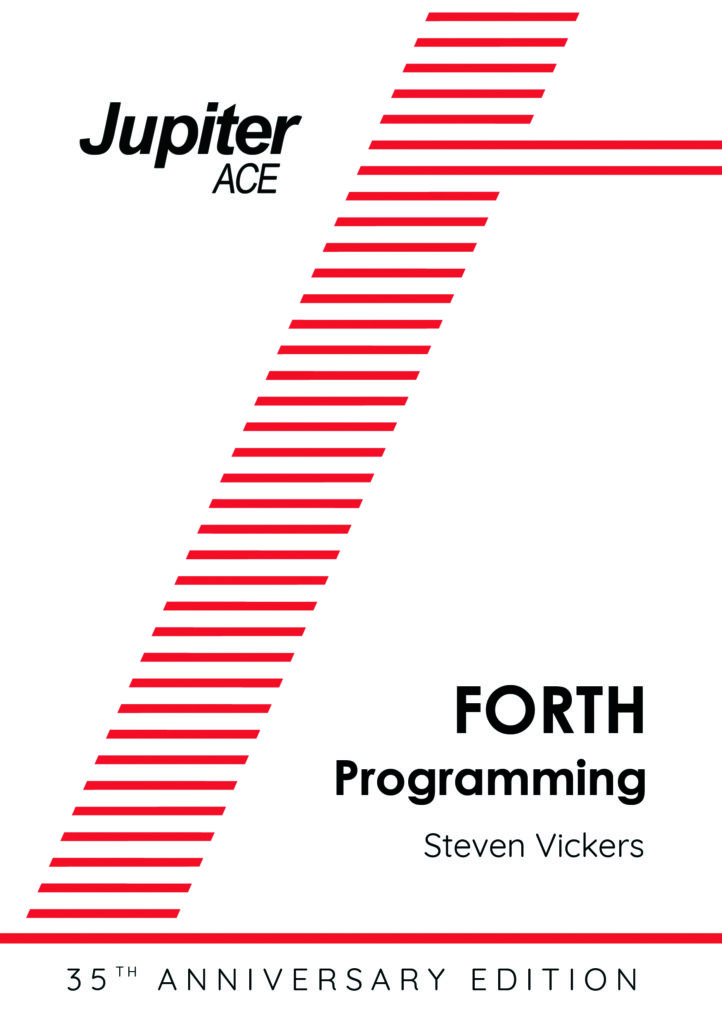
The Jupiter Ace Manual
Launched at the peak of the legendary 1980s microcomputer rivalry, the Jupiter ACE was the most intriguing machine of them all, marketed by Jupiter Cantab. This company was founded by Richard Altwasser and Stephen Vickers – the key hardware and software designers for the legendary Sinclair ZX Spectrum.

